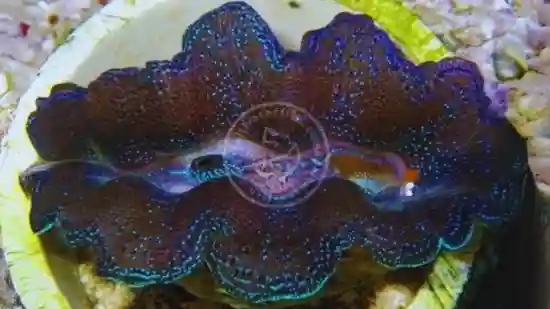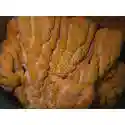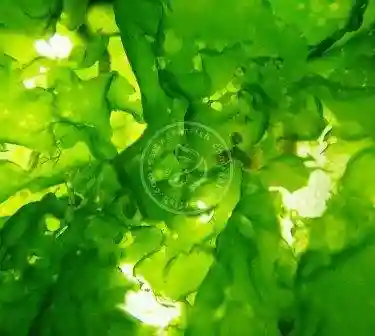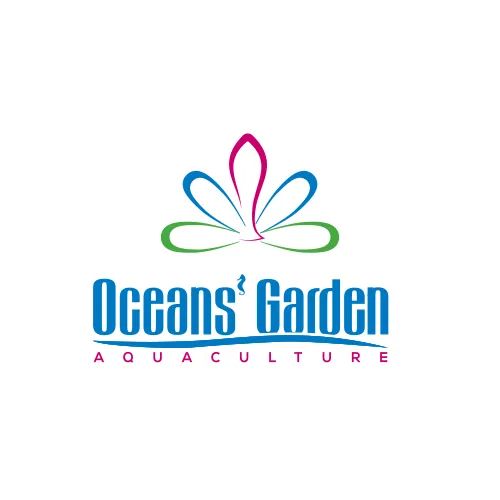Crocea Clam: 1st Grade - Aquacultured
Tridacna crocea
(1 Reviews)

Crocea Clam: 1st Grade - Aquacultured
Tridacna crocea
(1 Reviews)
{{ item.name }}
Size: {{ item.extra_field_3 }}
${{ getFormattedPrice(item.saleprice) }} ${{ getFormattedPrice(item.price) }}
To join the waiting list, click here
Free Shipping
With
$199.00
or more in Marine Life.
More details...
Crocea Clam: 1st Grade - Aquacultured Care Facts
| Care Level: | Moderate |
|---|---|
| Temperament: | Peaceful |
| Diet: | Filter Feeder |
| Reef Safe: | Yes |
| Minimum Tank Size: | 20 Gallons |
| Max Size: | 6 inches |
| Lighting: | High |
| Placement: | Middle to High |
| Waterflow: | Moderate |
The Crocea Clam, Tridacna crocea, also known as the Crocus Clam and Boring Clam is a vibrantly colorful clam. It releases acids to penetrate rocks and other substrate using this extraordinary ability to protect itself from harsh water conditions and predators. Their colors vary from purples, blues, browns, golds, oranges, and yellows. Crocea Clams often live in large colonies in the wild and will group together if there are multiple in a tank. They will attach rather quickly upon introduction into a tank so be sure of the attachment point because it may be permanent. If the clam must be removed, though it is advised against, use a razor blade to cut as close to the connection of the foot and rock as possible. Crocea Clams require high levels of light to thrive as well as good water flow. They get nutrients from photosynthetic algae paired with the Crocea Clam. The Crocea Clam is a hardy species and will thrive under these proper conditions.
In-Depth Analysis of the Aquacultured Crocea Clam (Tridacna crocea)
For the discerning saltwater marine aquarium enthusiast, the Aquacultured Crocea Clam (Tridacna crocea) offers an opportunity to introduce an exquisite marine organism into their aquarium ecosystem. This product description presents precise information about the attributes and care essentials of the Crocea Clam.
Habitat and Reef Compatibility of the Crocea Clam
Originating from the vibrant Indo-Pacific reefs, the Crocea Clam thrives in high-light environments where photosynthesis fuels its sustenance. Its presence can introduce diversity to an aquarium while emulating its natural habitat. It is reef safe.
Size and Lifespan of the Crocea Clam
Reaching a diameter of up to 6 inches, Crocea Clams are known for their compact size. Under optimal conditions, these clams can endure for decades, making them a captivating and enduring addition to any marine setup.
Diet and Aquaculture Availability of the Crocea Clam
The Crocea Clam predominantly sustains itself through photosynthesis, utilizing light to synthesize nutrients. Aquacultured specimens offer a sustainable alternative and are more adaptable to captive conditions. They are recommended and worth the premium price vs. wild collected.
Compatibility and Temperament of the Crocea Clam
The Crocea Clam is generally considered a tranquil addition to an aquarium with proper care. However, its sensitivity warrants careful consideration of tank mates to prevent accidental damage, particularly to its delicate mantle.
Suitable Tank Mates for the Crocea Clam
When selecting companions for the Crocea Clam, prioritize gentle reef inhabitants that won't compromise its well-being. Examples of compatible tank mates include certain species of gobies (Gobiidae family), cardinalfish (Apogonidae family), and small wrasses (Labridae family).
Tank Requirements and Aquascaping for the Crocea Clam
Ensuring the Crocea Clam's health involves providing adequate lighting for photosynthesis. Employ a well-anchored substrate to accommodate its byssal thread attachment. The recommended minimum aquarium size is 20 gallons.
Detailed Water Conditions for the Crocea Clam
Maintain meticulous water parameters to optimize the health of Crocea Clams:
- pH: 8.1 to 8.4
- Salinity: 1.023 to 1.025 specific gravity
- Water Temperature: 75°F to 80°F (23.9°C to 26.7°C)
- Lighting Requirements: Moderate to high lighting with appropriate spectral distribution for photosynthesis.
- Water Flow: Gentle to moderate water movement to prevent dislodgment.
Other Common Names of the Crocea Clam
The Aquacultured Crocea Clam is also humorously called the Small Giant Clam.
Why Choose Crocea Clams from Saltwaterfish.com
Opting for Crocea Clams from Saltwaterfish.com assures access to rigorously acclimatized and healthy specimens. Saltwaterfish.com's commitment to sustainable aquaculture practices ensures the availability of captive-raised Crocea Clams, contributing to the conservation of their wild counterparts. By acquiring Crocea Clams from Saltwaterfish.com, enthusiasts embellish their marine display and support responsible marine aquaculture efforts.
Very good
Reviewed by: Sharon Bettcher on April 13, 2025















